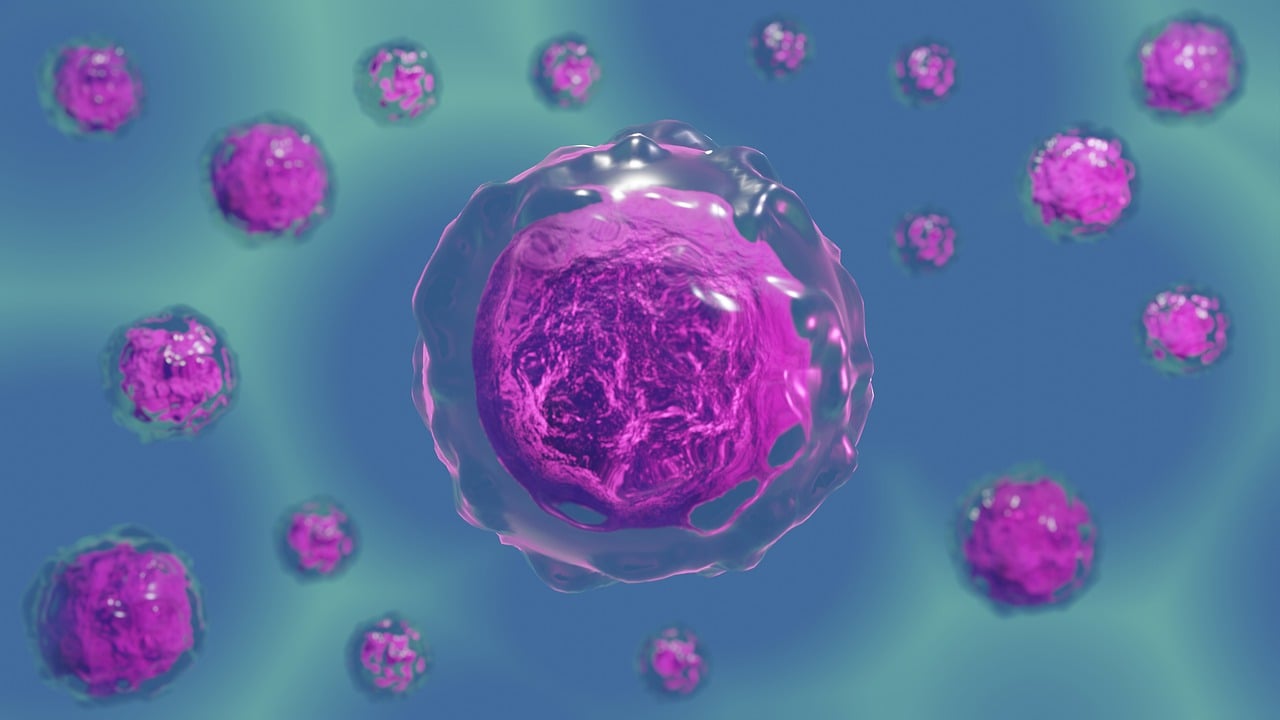Regeneration Revolution: How Stem Cells Offer Hope for Damaged Tissues and Organs

Stem cells. What are they exactly? This question echoes through the halls of scientific inquiry, captivating the imagination of researchers and enthusiasts alike. These dynamic and versatile cells found within our bodies, stand at the forefront of modern medical research, holding the promise of revolutionizing the way we approach healthcare and treatment. Stem cells possess a remarkable ability known as pluripotency, meaning they can develop into different cell types with specialized functions. This intrinsic quality makes them invaluable in regenerative medicine, tissue engineering, and disease treatment.
Sources and Types of Stem Cells:
Derived from various sources such as embryos, adult tissues, and umbilical cord blood, stem cells offer a wide range of therapeutic possibilities. Embryonic stem cells, for instance, are obtained from early-stage embryos and have the potential to differentiate into any cell type in the body, making them particularly valuable for repairing and replacing damaged tissues and organs. Meanwhile, adult stem cells, found in tissues such as bone marrow and adipose tissue, play crucial roles in maintaining and repairing the body's tissues throughout life.
Applications in Regenerative Medicine:
One of the most exciting applications of stem cells lies in regenerating tissues damaged by injury or disease. For example, stem cell therapy has shown promising results in treating conditions like heart disease, spinal cord injury, and neurodegenerative disorders. In heart disease, stem cells have the potential to repair damaged heart muscle tissue, improve cardiac function, and even prevent heart failure. Similarly, in spinal cord injuries, stem cell transplantation holds the promise of restoring motor function and sensation by promoting nerve regeneration.
Potential for Treating Diseases:
Moreover, stem cell research offers hope for finding cures or effective treatments for a wide range of diseases and conditions, including Parkinson's disease, Alzheimer's disease, diabetes, and cancer. By understanding the mechanisms underlying these diseases and harnessing the regenerative properties of stem cells, scientists aim to develop targeted therapies that could significantly improve patients' quality of life and even offer potential cures.
Ethical Considerations and Alternatives:
Despite the immense promise of stem cell research, ethical considerations surrounding the use of embryonic stem cells remain a topic of debate. The destruction of human embryos to obtain embryonic stem cells raises ethical concerns for some individuals and groups. However, alternative sources of stem cells, such as induced pluripotent stem cells (iPSCs), generated from adult cells through reprogramming techniques, offer a promising solution that bypasses the need for embryonic tissue.
In conclusion, stem cell research represents a paradigm shift in modern medicine, offering unprecedented opportunities to address some of the most challenging health issues facing humanity. As scientists continue to unlock the mysteries of stem cells and refine their applications, the potential for these remarkable cells to transform healthcare and improve lives is boundless. As we reflect on the profound impact of stem cell research, it's important to consider the diverse career paths available to those intrigued by this field. For aspiring scientists, pursuing degrees in biology, biochemistry, or biomedical engineering can provide a solid foundation for delving into stem cell research. Additionally, medical professionals, including physicians and surgeons, may specialize in fields such as regenerative medicine or oncology to contribute to the advancement of stem cell therapies. Furthermore, ethical and legal experts play a crucial role in navigating the complex landscape of stem cell research regulations and policies. Whether in the laboratory, clinic, or boardroom, individuals passionate about stem cells have myriad opportunities to make meaningful contributions to science and healthcare, shaping a future where the potential of these tiny cells knows no bounds.
Similar Post You May Like
-

CFCs, HFCs and their long, troubled history
At its peak, the ozone hole covered an area 7 times larger than the size of Europe, around 29.9 million km2, and was rapidly expanding
-

The Origin of Universe: Deciding point where it all began!
Let us unravel and surf through the ideas throughout ages to understand what the universe and its origin itself was to its inhabitants across history.
-

The Artemis Program
Inspired by the Greek goddess of the Moon, twin sister to Apollo, the artimis program was named on 14 May 2019 by Jim Bridenstine.







